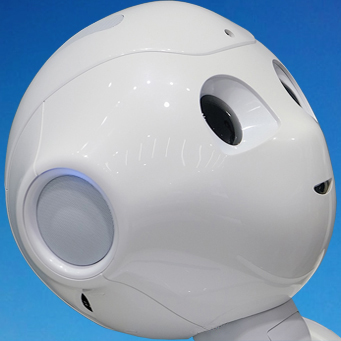
In 2020, artificial intelligence company OpenAI stunned the tech world with its GPT-3 machine learning algorithm.
OpenAI followed up GPT-3 with more specialized algorithms that could seed new products, like an AI called Codex to help developers write code and the wildly popular image-generator DALL-E 2.
Billions of dollars are flowing into the industry, including a $10-billion follow-up investment by Microsoft into OpenAI. This week, after months of rather over-the-top speculation, OpenAI’s GPT-3 sequel, GPT-4, officially launched.
In a blog post, interviews, and two reports, OpenAI said GPT-4 is better than GPT-3 in nearly every way. GPT-4 is multimodal, which is a fancy way of saying it was trained on both images and text and can identify, describe, and riff on what’s in an image using natural language.
OpenAI said the algorithm’s output is higher quality, more accurate, and less prone to bizarre or toxic outbursts than prior versions.
He took a photo and asked GPT-4 to create a webpage from the image. The company also outlined its work to reduce risk inherent in models like GPT-4. OpenAI spent eight months working to improve the model and rein in its excesses.
The version launched this week is an improvement on the raw version from last August, but OpenAI admits it still exhibits known weaknesses of large language models, including algorithmic bias and an unreliable grasp of the facts.
In contrast to prior releases we’ll largely have to take OpenAI’s word for it.
Citing an increasingly “Competitive landscape and the safety implications of large-scale models like GPT-4,” the company opted to withhold specifics about how GPT-4 was made, including model size and architecture, computing resources used in training, what was included in its training dataset, and how it was trained.
Ilya Sutskever, chief technology officer and cofounder at OpenAI, told The Verge “It took pretty much all of OpenAI working together for a very long time to produce this thing” and lots of other companies “Would like to do the same thing.” He went on to suggest that as the models grow more powerful, the potential for abuse and harm makes open-sourcing them a dangerous proposition.
The algorithm’s full capabilities and drawbacks may not become apparent until access widens further and more people test it out.
With the exception of its new image-analyzing skills, most abilities highlighted by OpenAI are improvements and refinements of older algorithms.
Microsoft revealed this week that it secretly used GPT-4 to power its Bing chatbot, which had recorded some 45 million chats as of March 8.
While GPT-4 may not to be the step change some predicted, the scale of its deployment almost certainly will be.
In addition to its Bing chatbot, Microsoft announced plans to offer services powered by GPT-4 in LinkedIn Premium and Office 365.
Google said this week it plans to weave generative algorithms into its own productivity software-like Gmail and Google Docs, Slides, and Sheets-and will offer developers API access to PaLM, a GPT-4 competitor, so they can build their own apps on top of it.
As models like GPT-4 make their way into products, they can be updated behind the scenes at will.
OpenAI and Microsoft continually tweaked ChatGPT and Bing as feedback rolled in.
ChatGPT Plus users were granted access to GPT-4 at launch.
The next months may bring more examples of algorithms revealing new abilities and breaking or being broken, as their makers scramble to keep pace.
